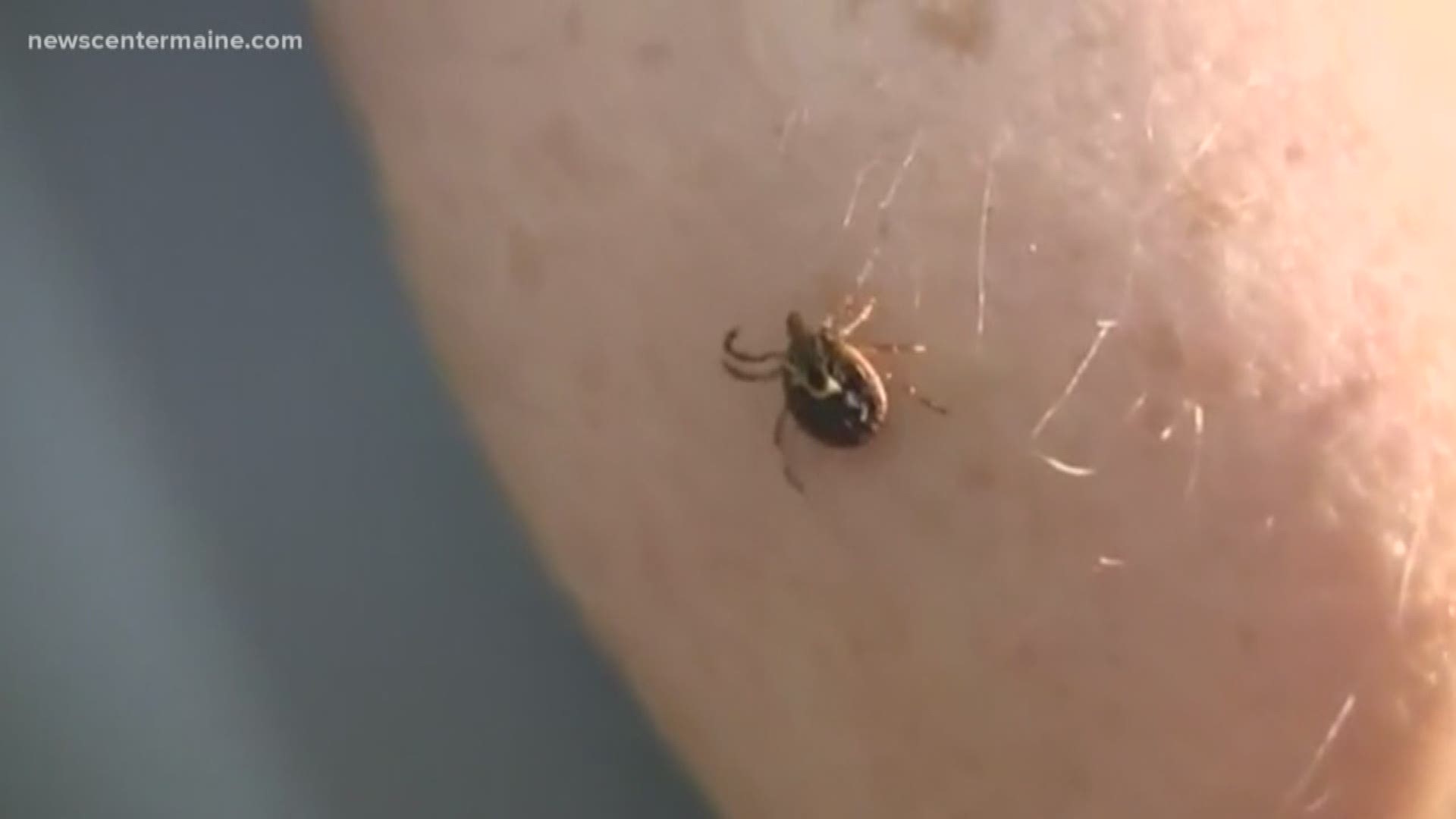AUGUSTA, Maine — Susie Whittington never expected her mom, Lyn Snow, to die in 2013 at age 73.
”She walked three miles a day. She had a saddle in the back of her car because she rode horseback on a regular basis. So we assume she was bit by a tick while out on one of her walks or riding," said Whittington.
Snow found a tick embedded in her clavicle. The symptoms they thought were Lyme Disease, were actually Powassan virus.
”She started declining cognitively. Within 12 hours she was having trouble with some of her words. She was disappearing, is what it felt like. She was disappearing," said Whittington.
In seven days, she was on life support at the hospital.
”The diagnosis let us know she wasn’t going to recover. That’s how we lost her," said Whittington. "It was a terrible choice. My children, her grandchildren had this vivacious grandmother. How can something so small be so dangerous so quickly?”
Health experts with the Maine CDC say both woodchuck ticks and deer ticks can carry Powassan. They say Powassan is rare, with an average of seven cases reported each year.
Maine has had 11 cases since 2000.
Tick-borne disease specialists at Maine Medical Center’s Research Institute say they are seeing ticks making their way farther north into Maine.
"Knowing that the ticks are coming north, knowing that Powassan is on the rise is terrifying," said Whittington. ”It leave us vulnerable, and I Think that’s part of the fear.“
Now she is trying to teach others about this potentially deadly disease, realizing that in some ways, it can be prevented, with permethrin spray, tick checks, and wearing appropriate clothing.
”She was pretty amazing. And I have to remember that balance and living in the balance I have to remember that I had her, and that’s the most important piece. I had her.“



